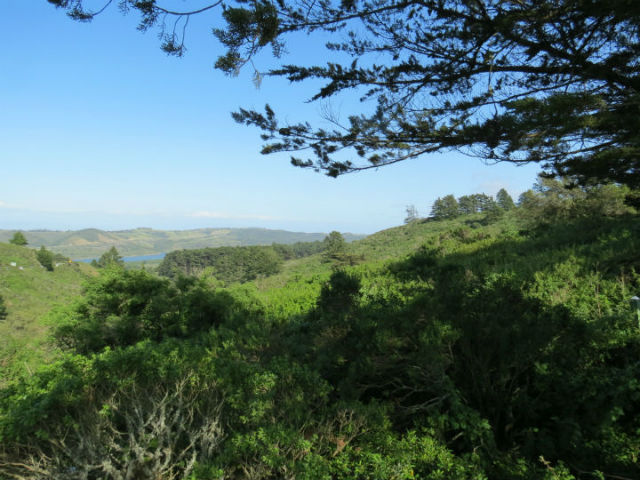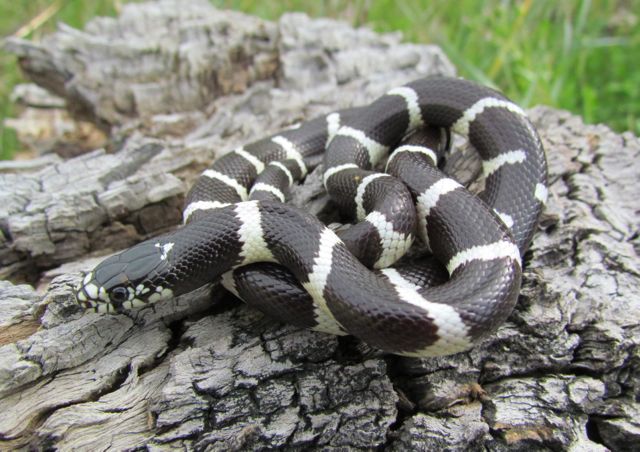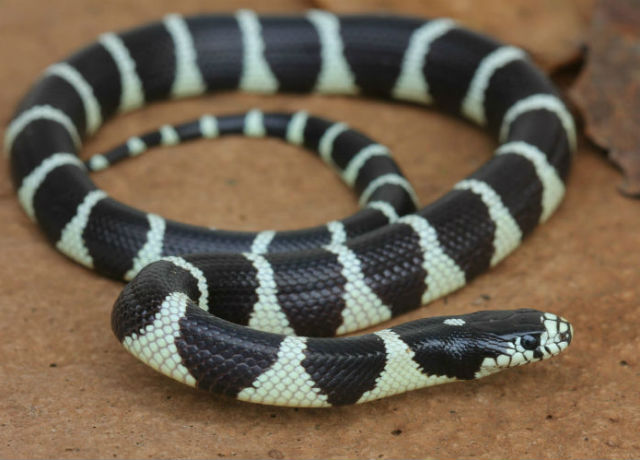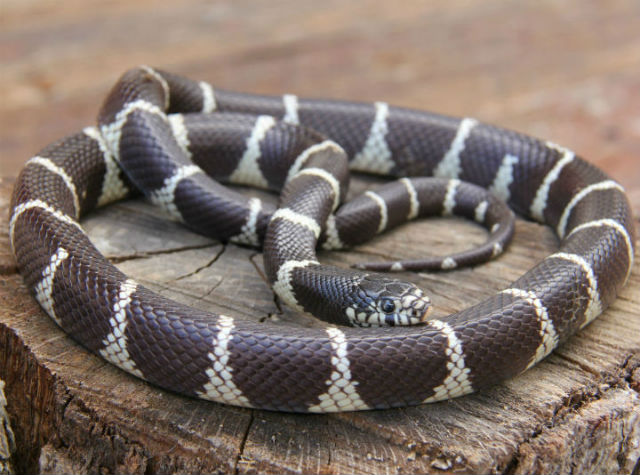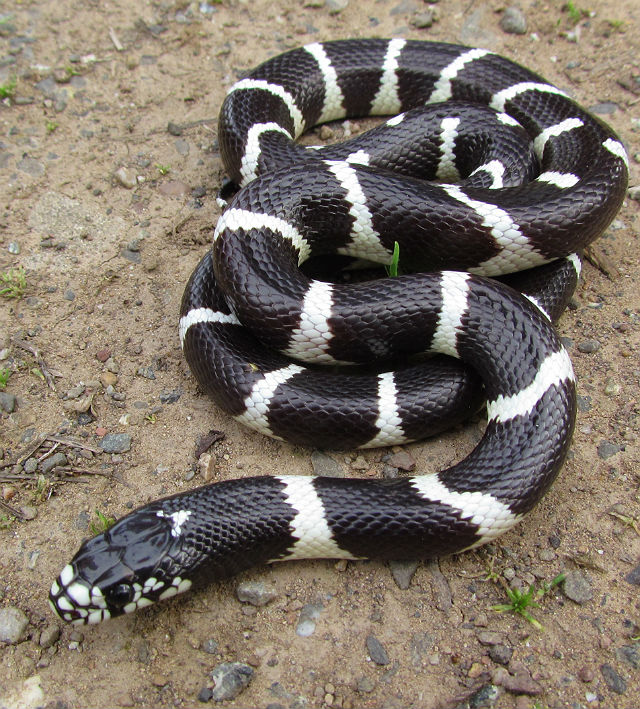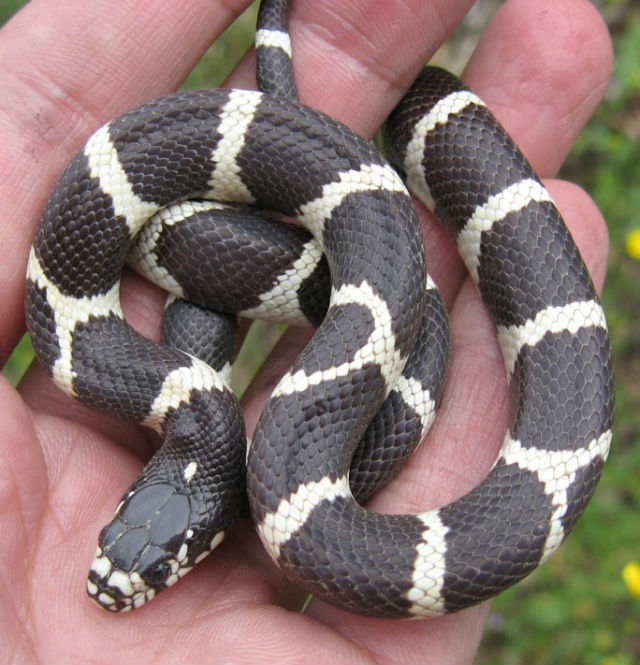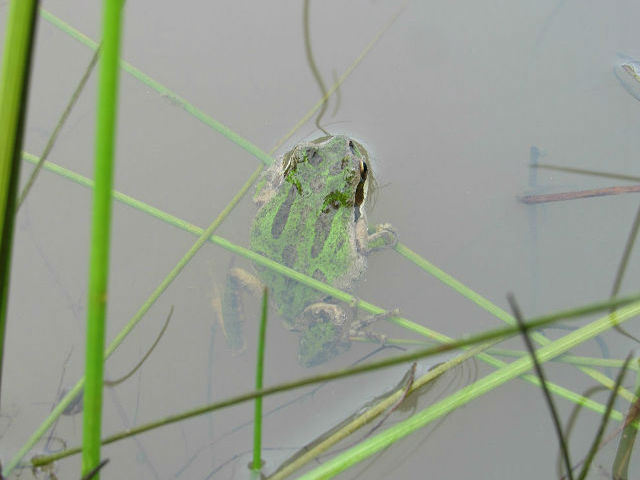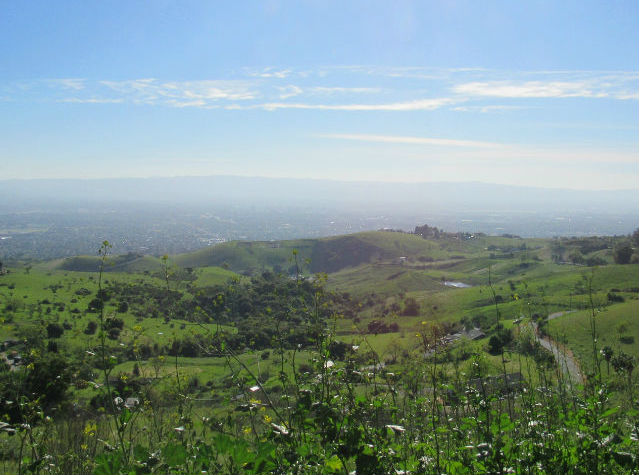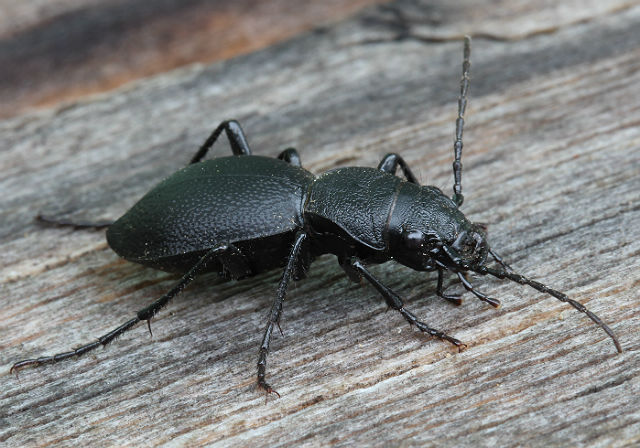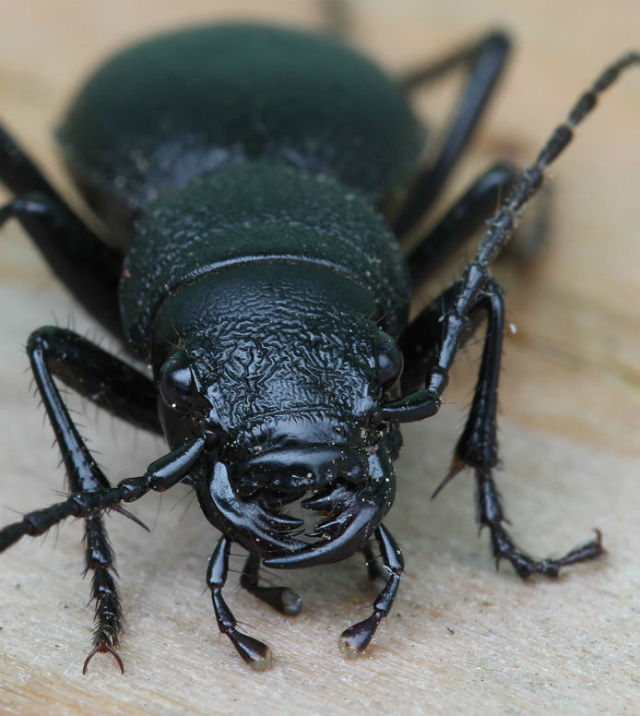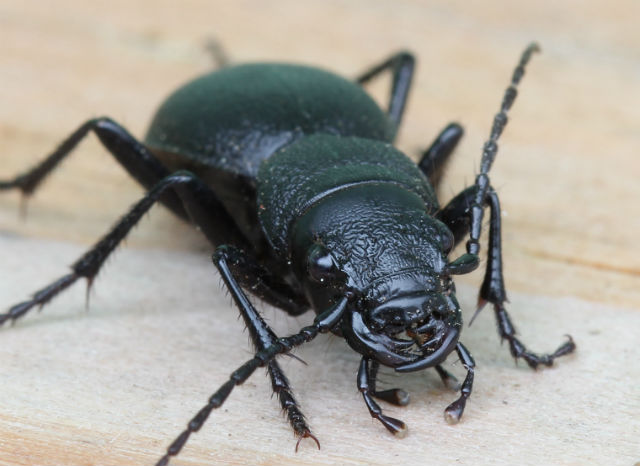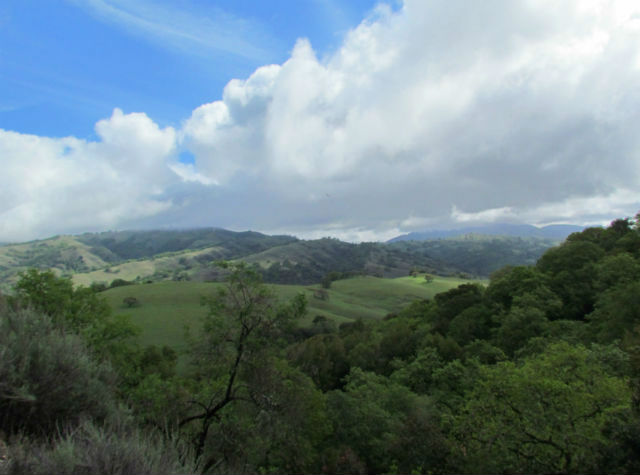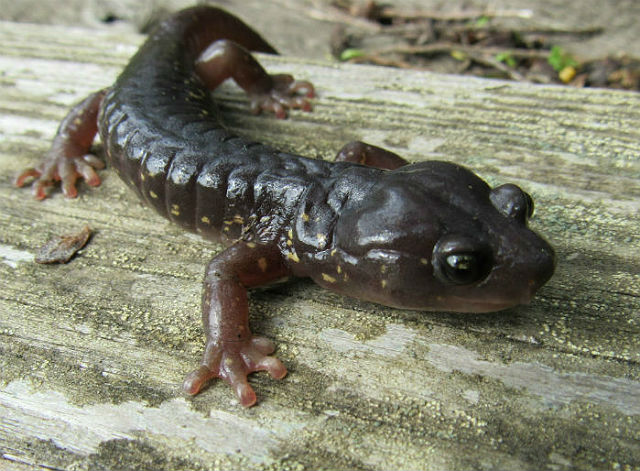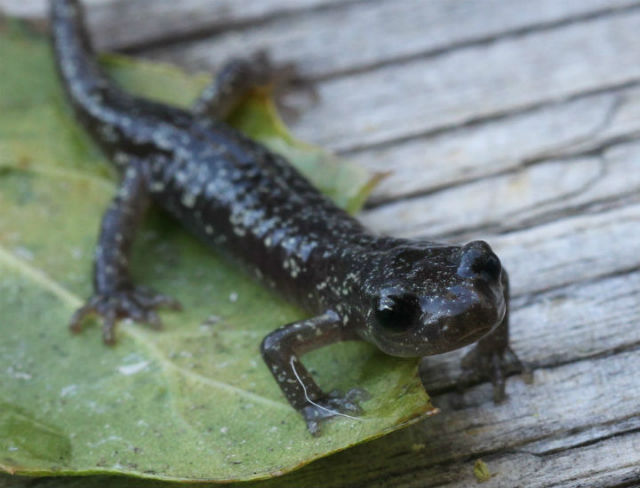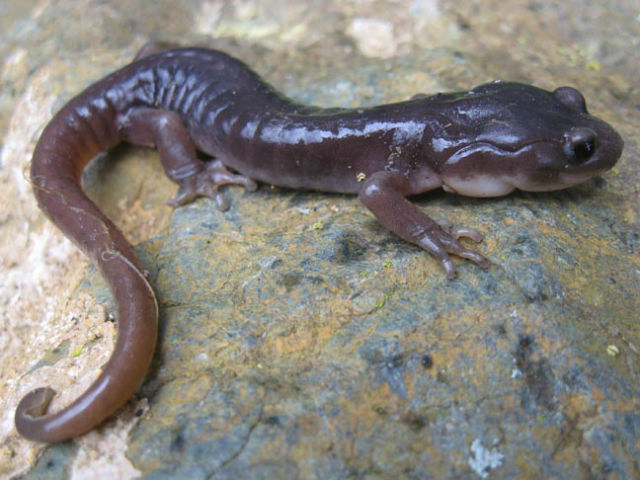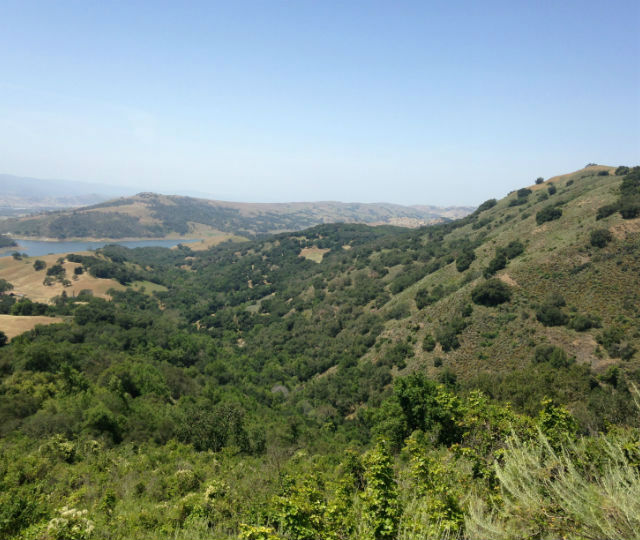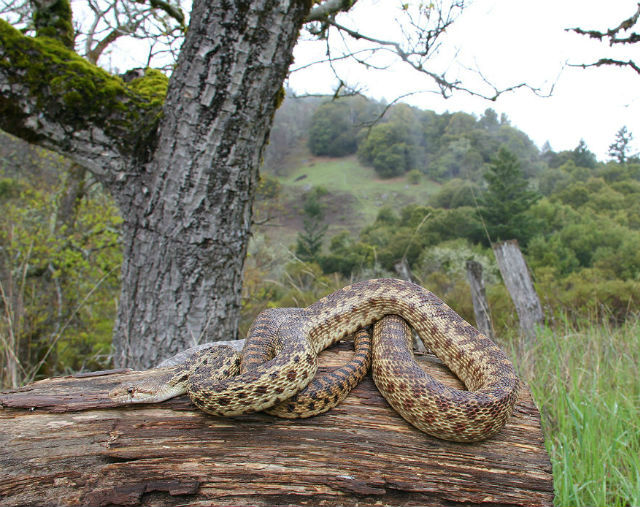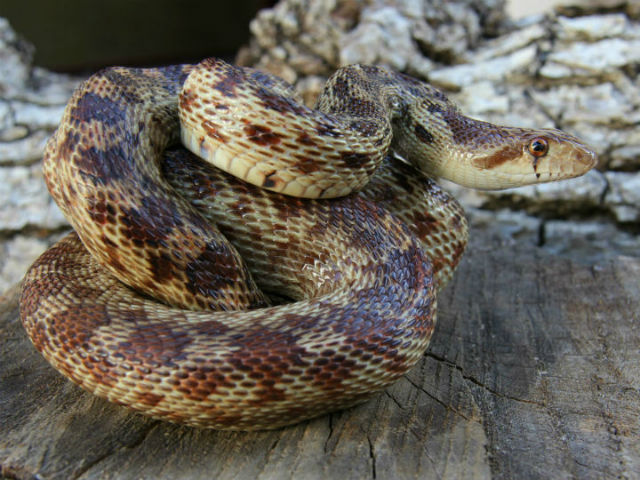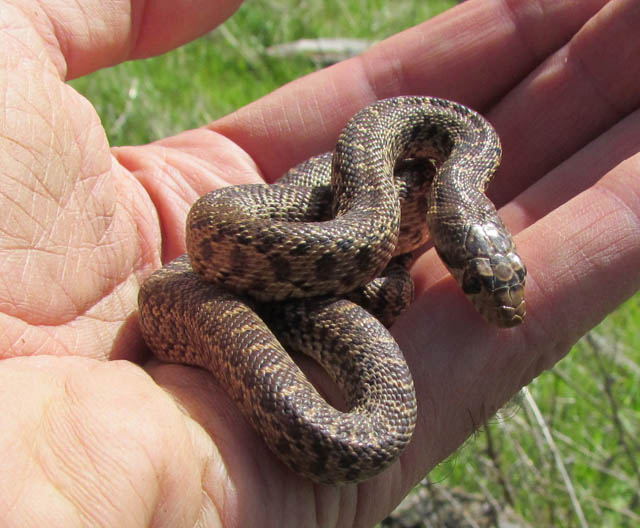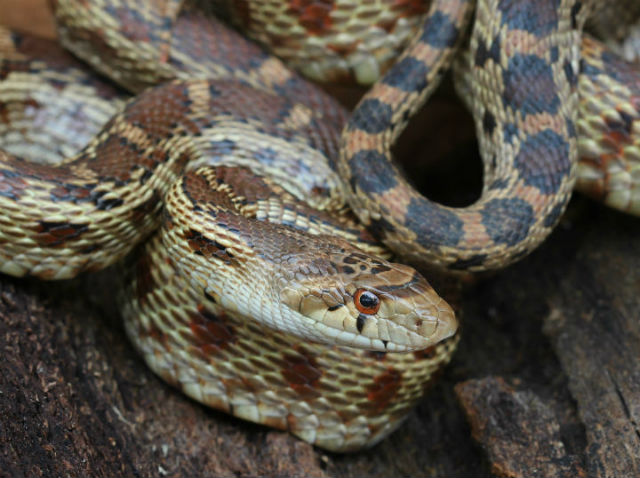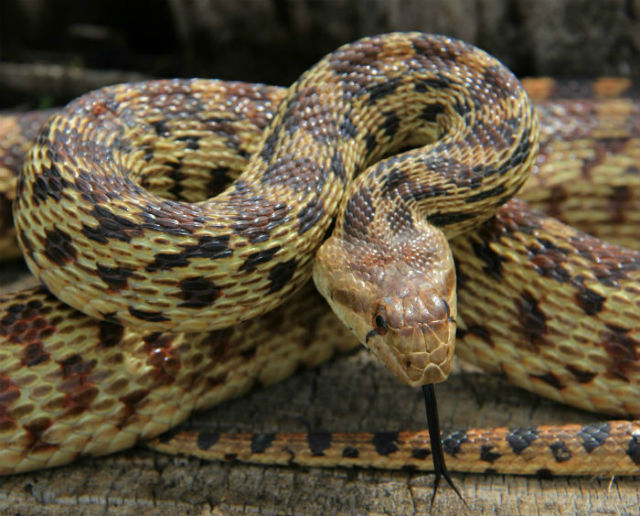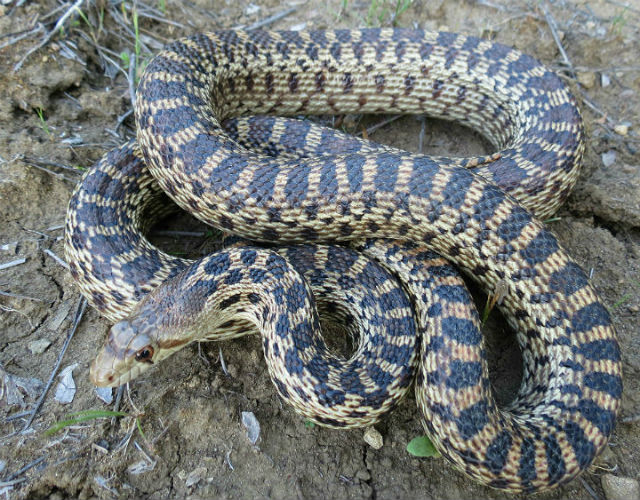This reptile is a subspecies of Common Kingsnake, which have an extensive range that stretches from coast to coast.
The California Kingsnake lives in a wide variety of habitats, including woodland chaparral, grassland, deserts, marshes, along rivers or farms and even in bushy suburban areas.
Their food items include rodents, other reptiles, birds and amphibians.They are powerful constrictors. The “king” in their name refers to their ability to hunt and consume other snakes, including venomous rattlesnakes.
This reptile is more active during the daytime in the colder regions of its range, but with higher temperatures, the California Kingsnake becomes night, dawn and dusk.
Adults tend to be about three feet long. Although the distinctive banded pattern is common throughout its range a striped version occurs naturally as well in coastal southern California.
I enjoy coming across this snake on my travels to California, Arizona and Nevada.

